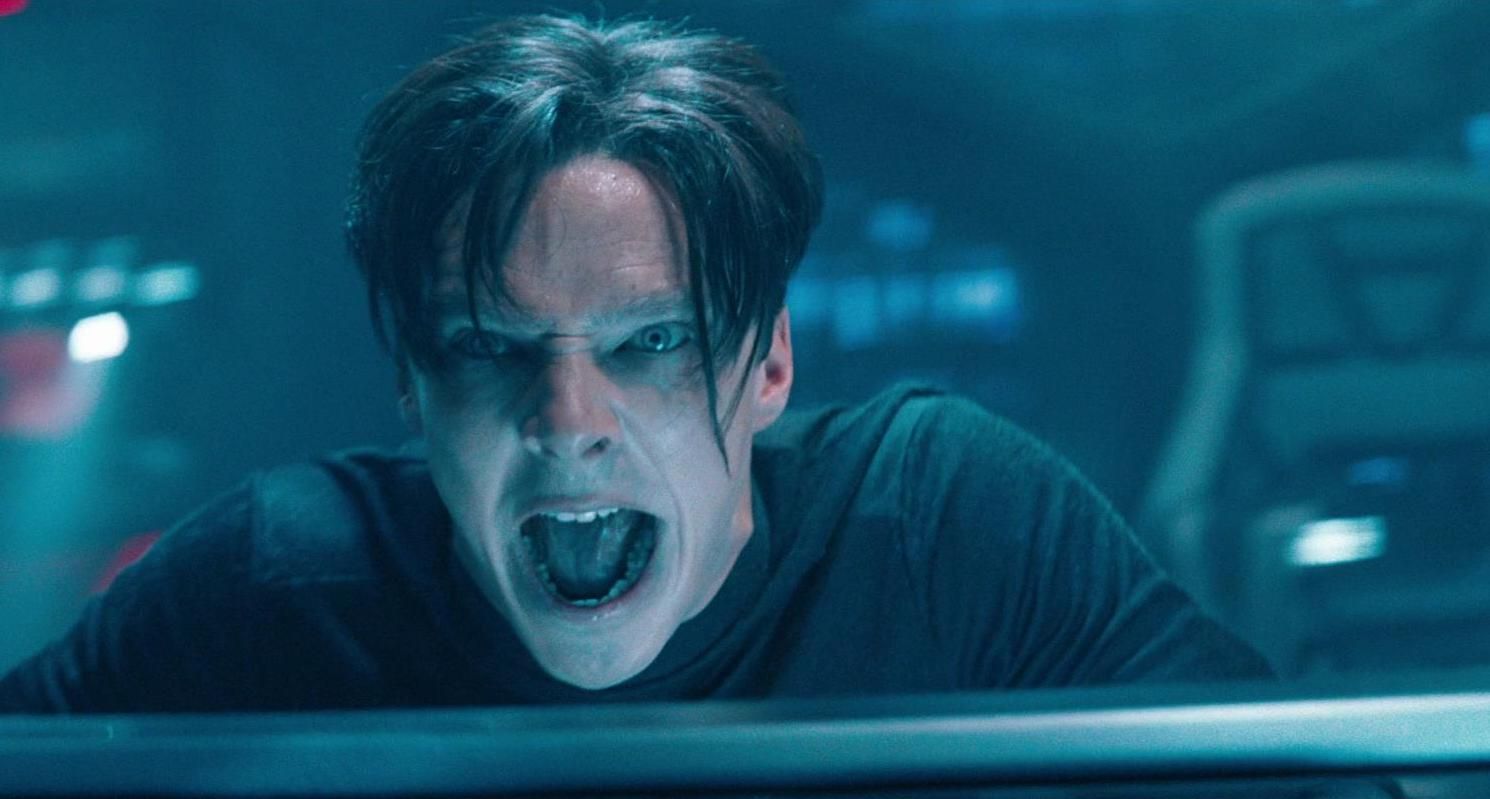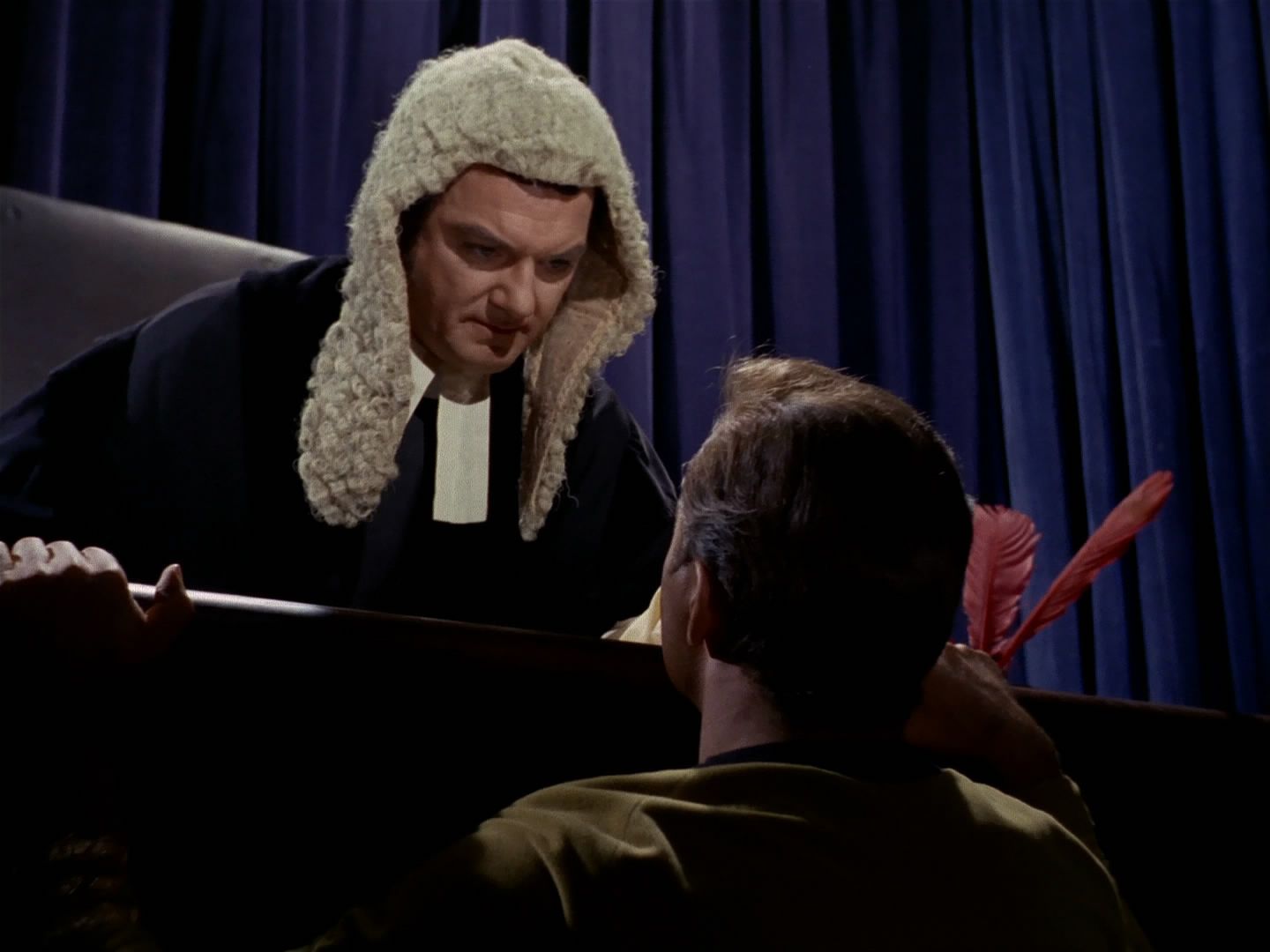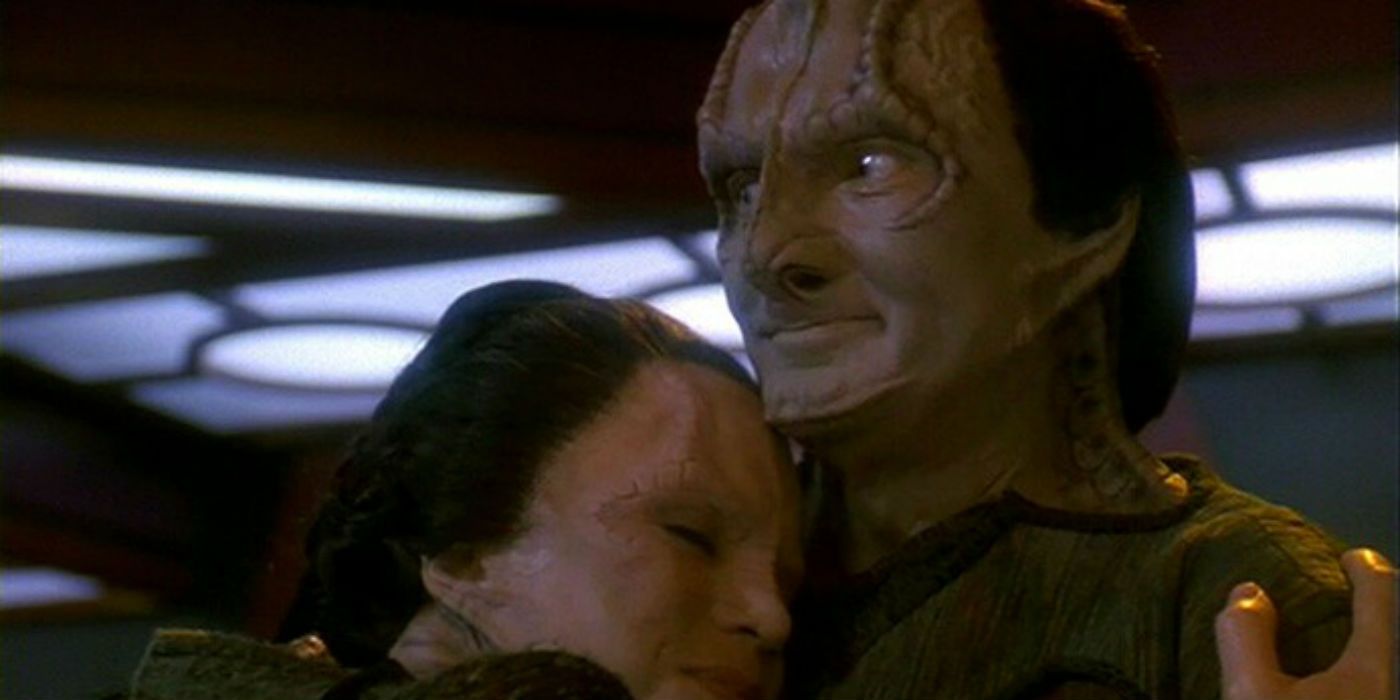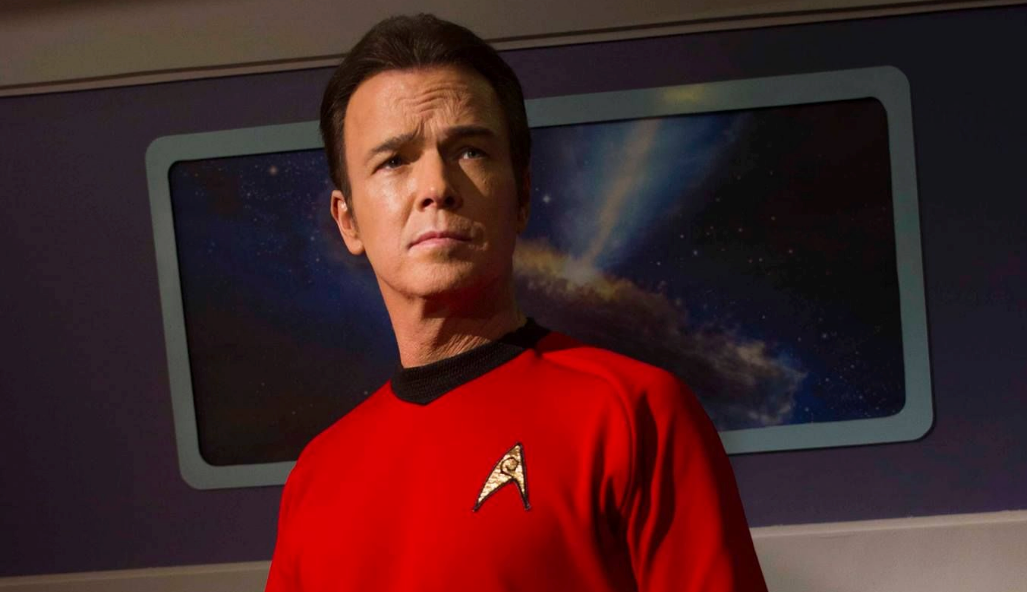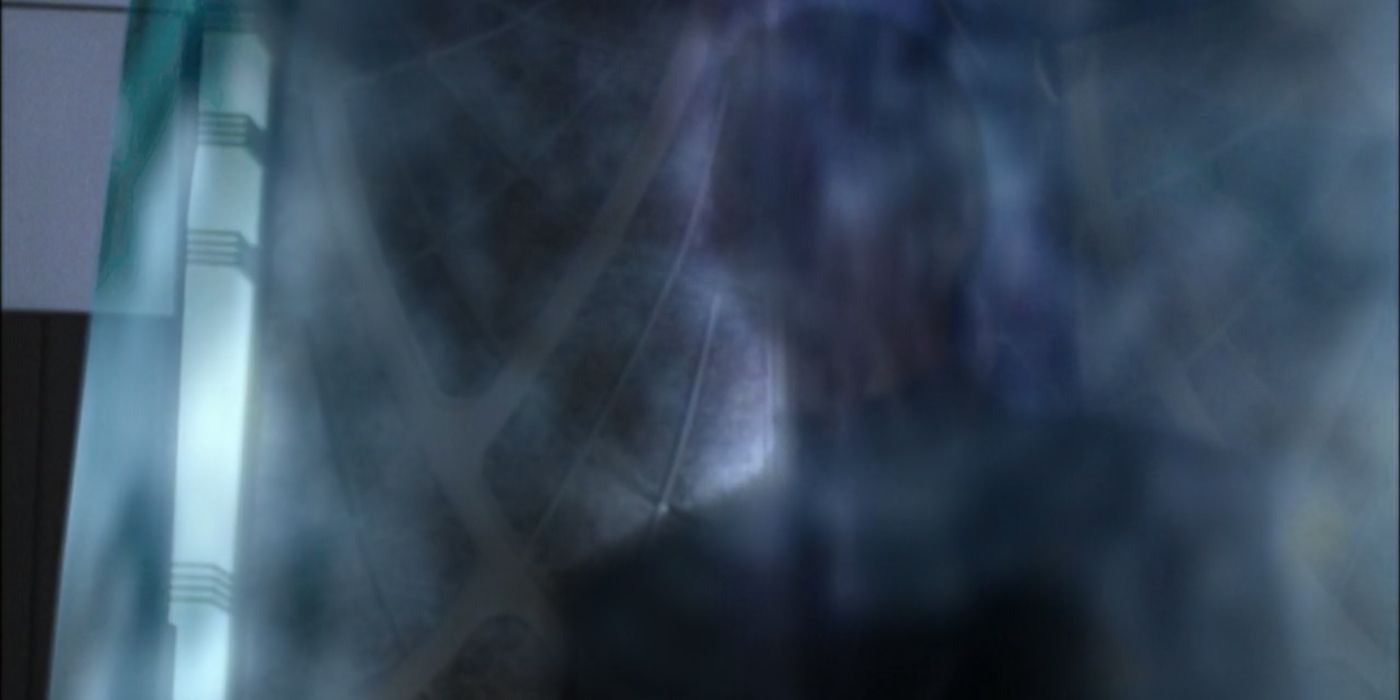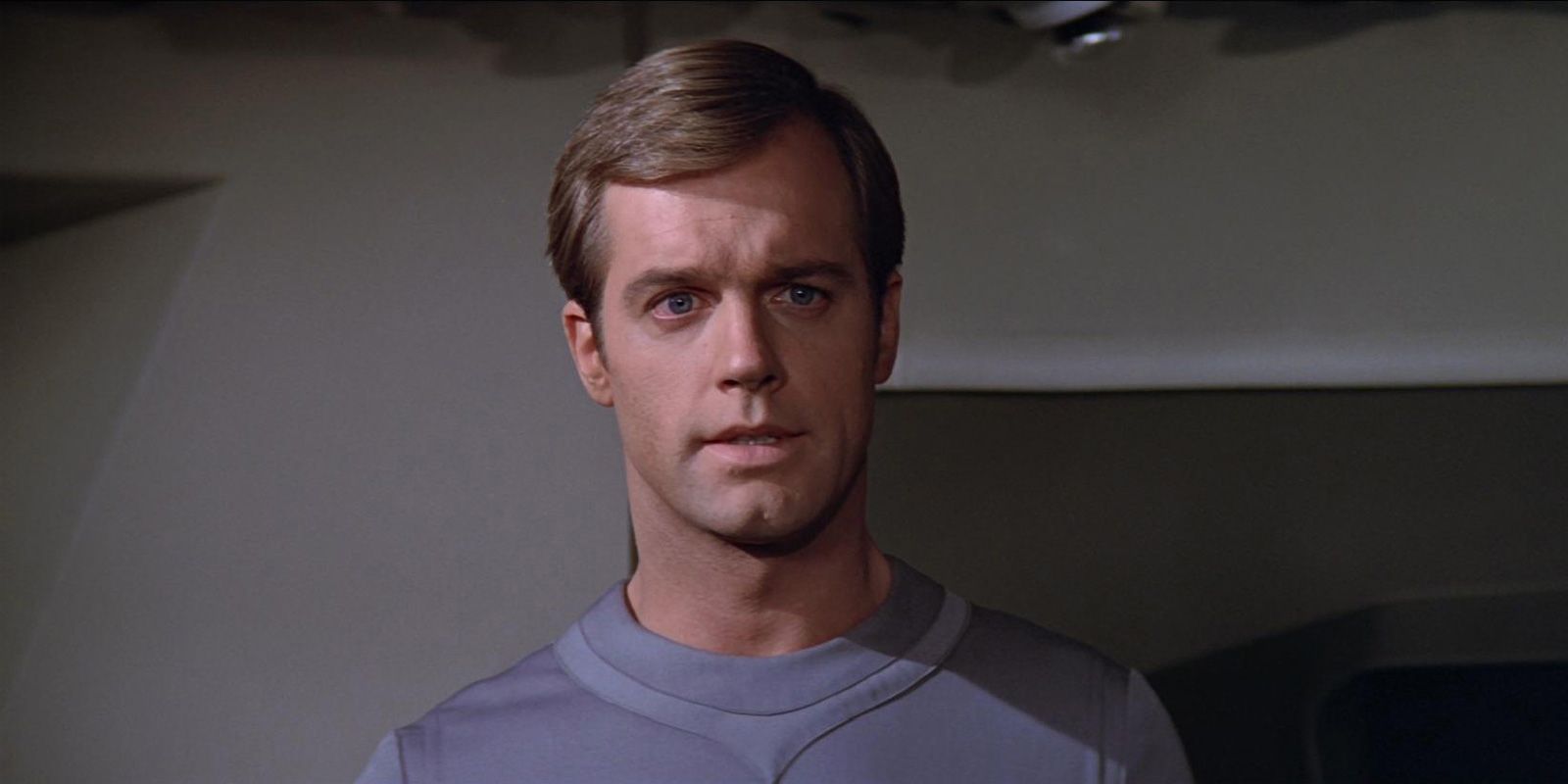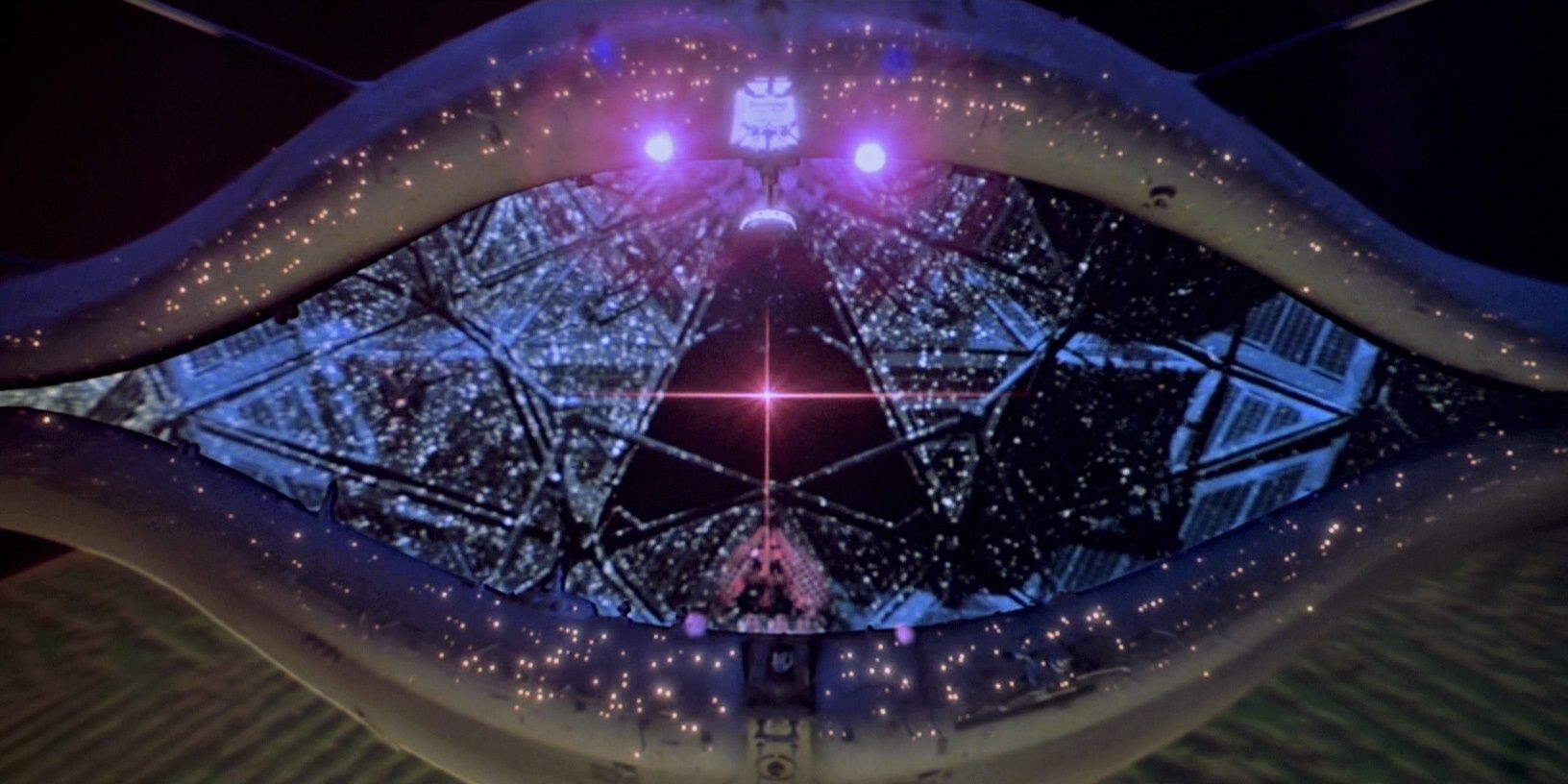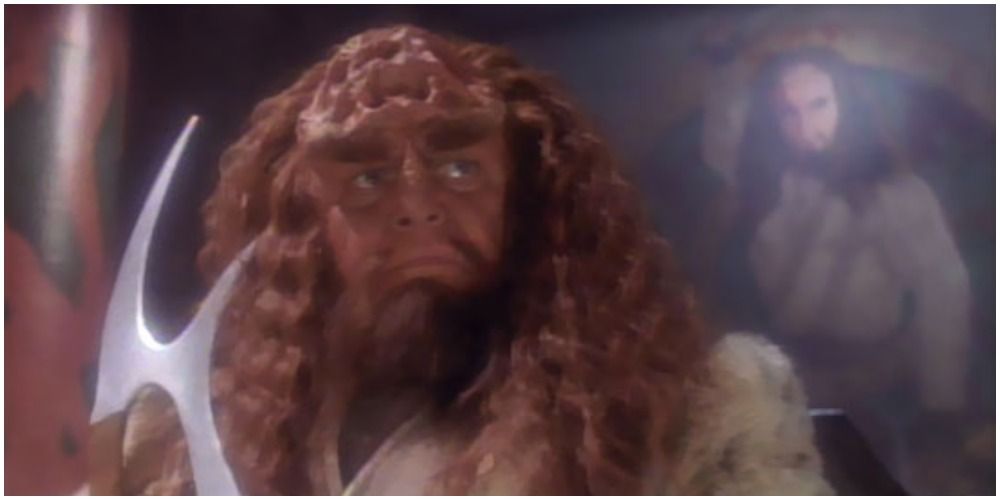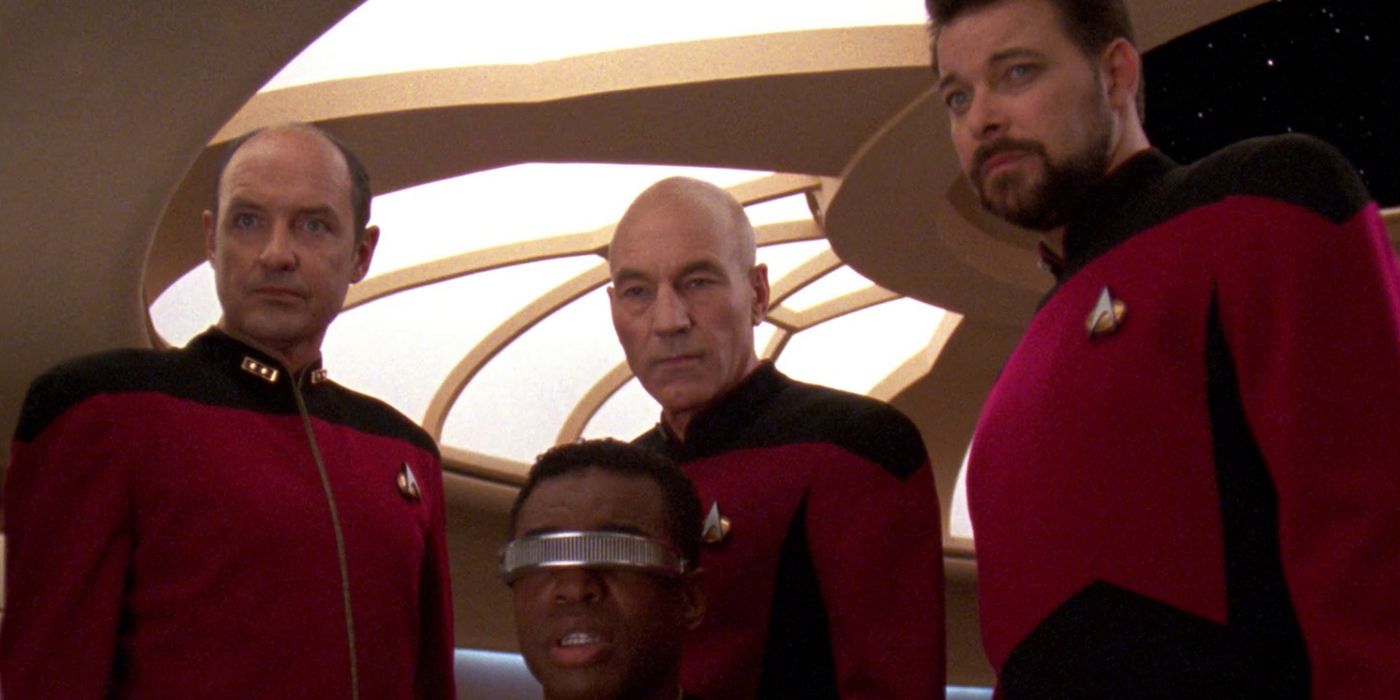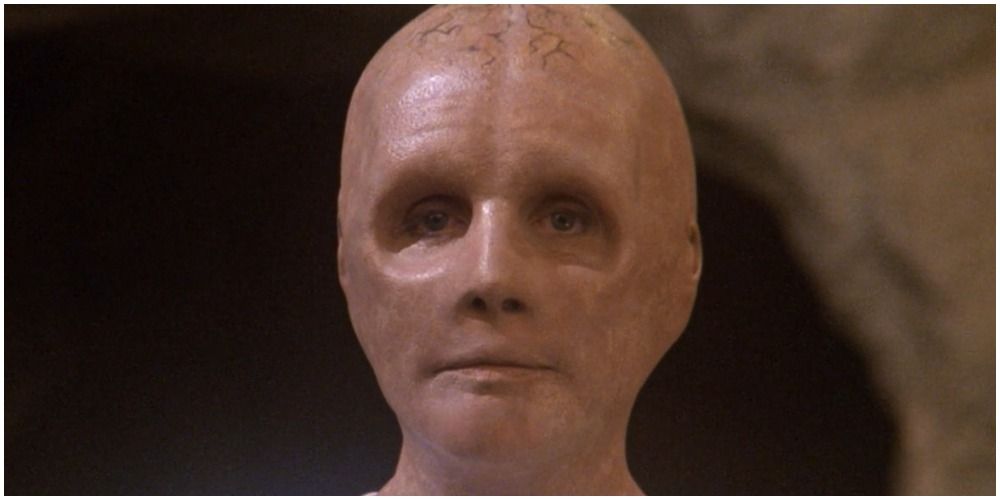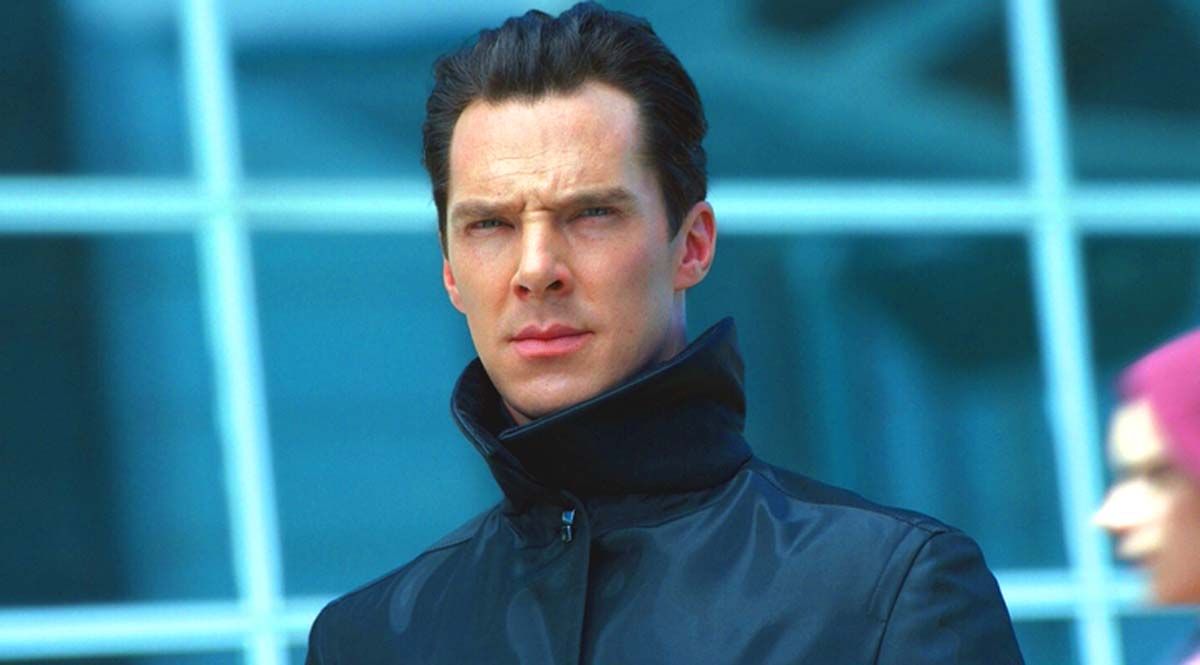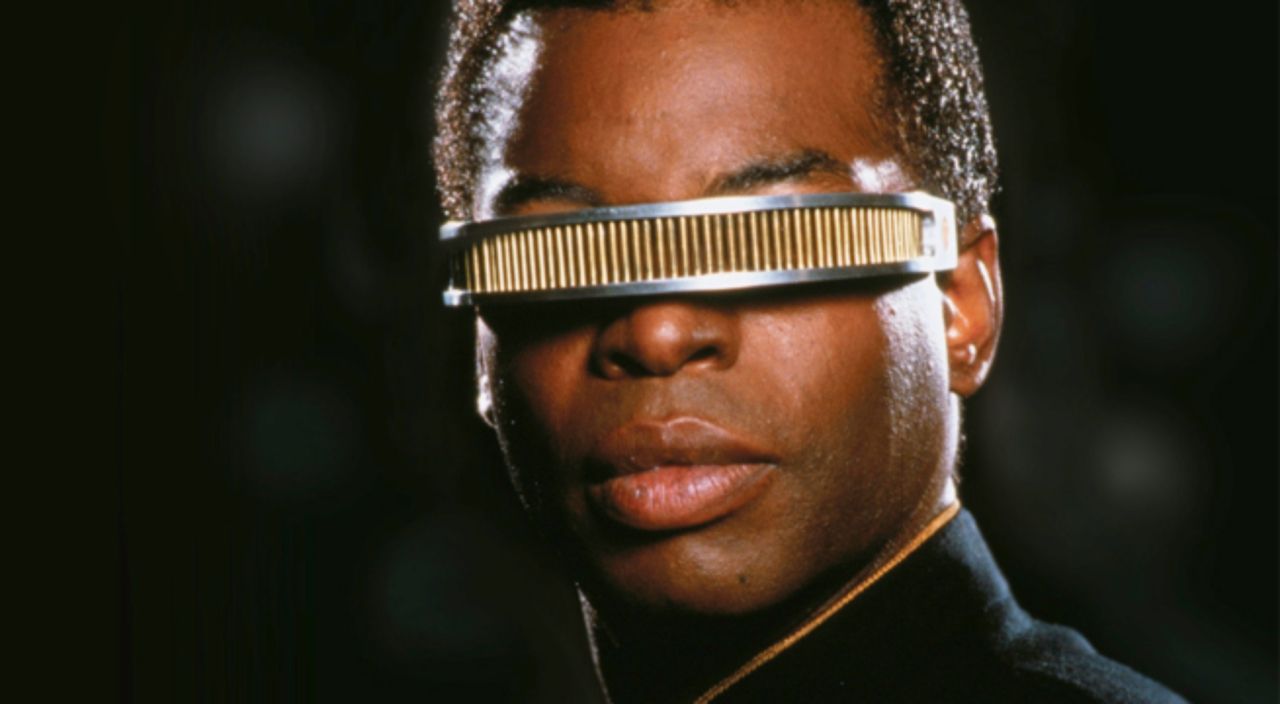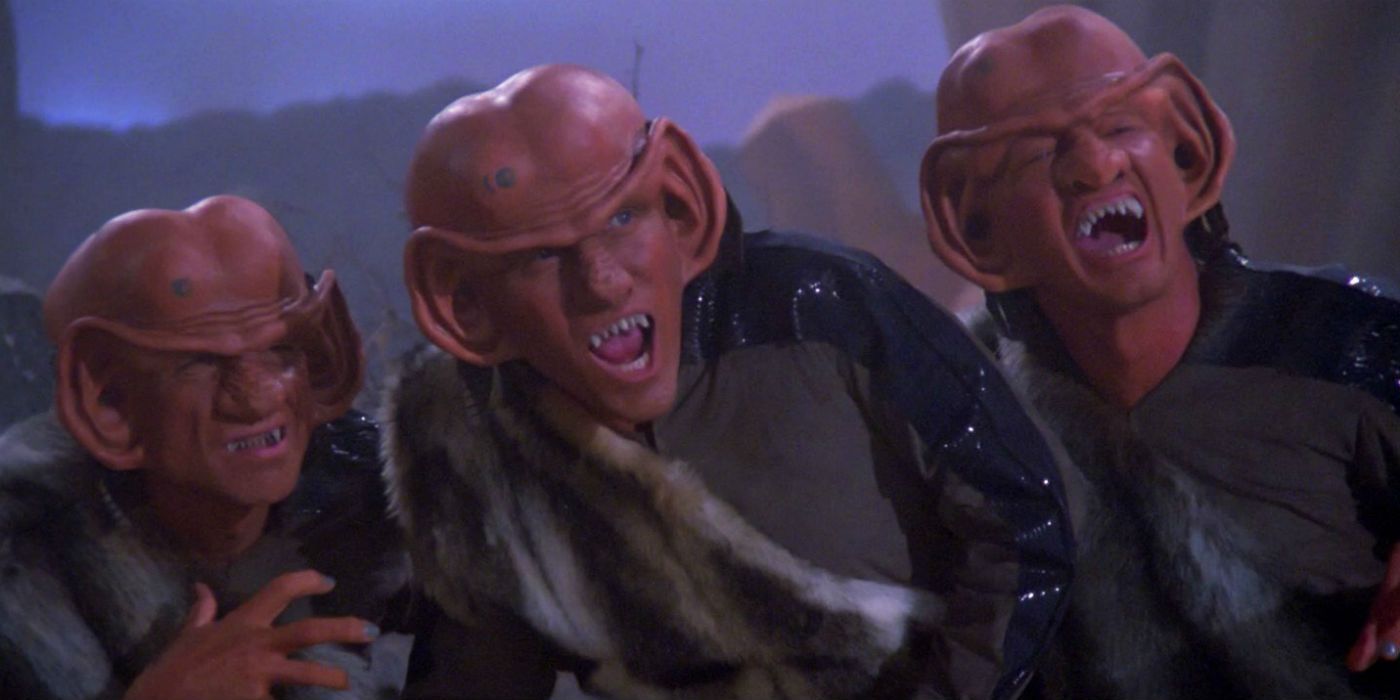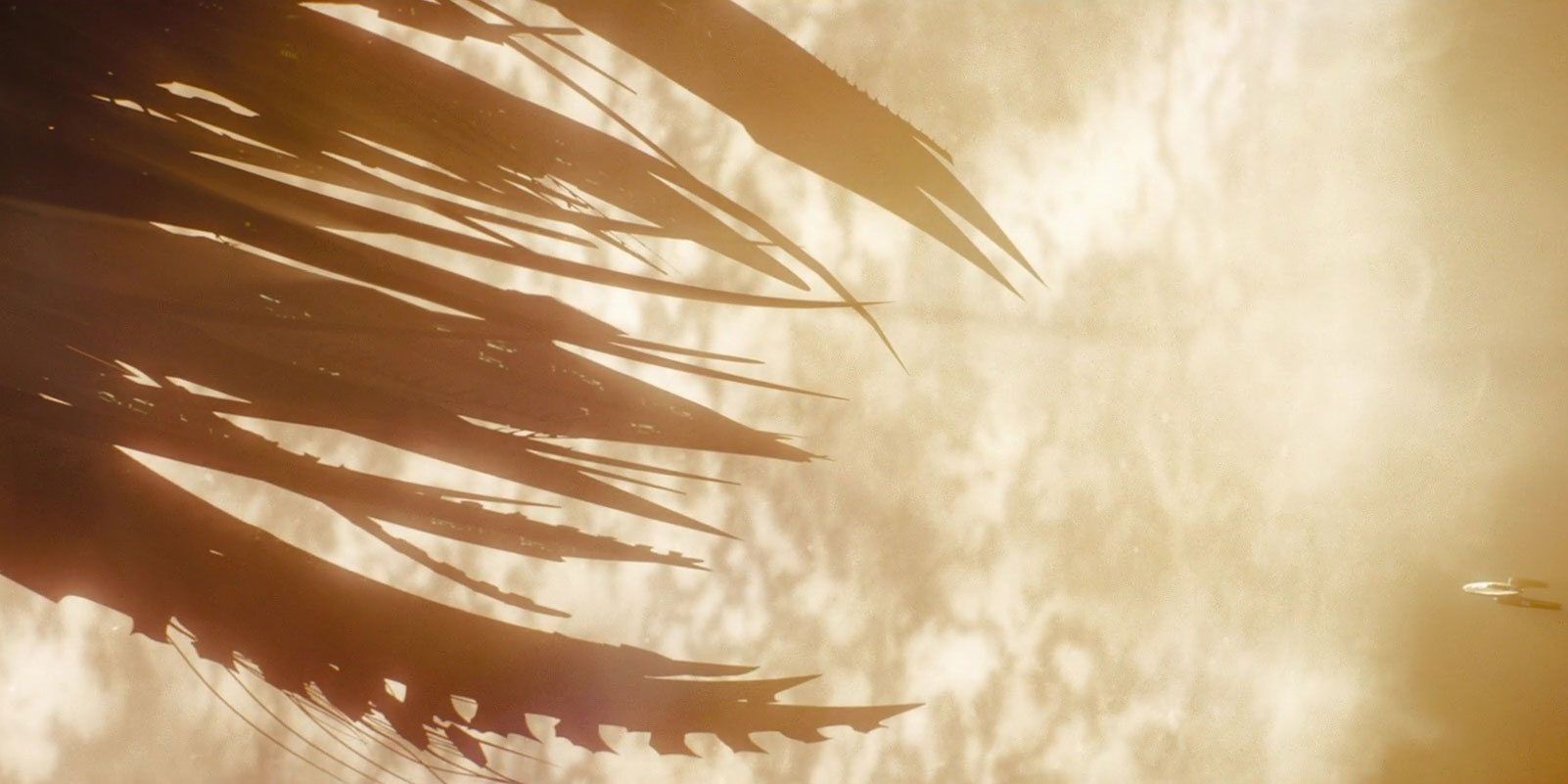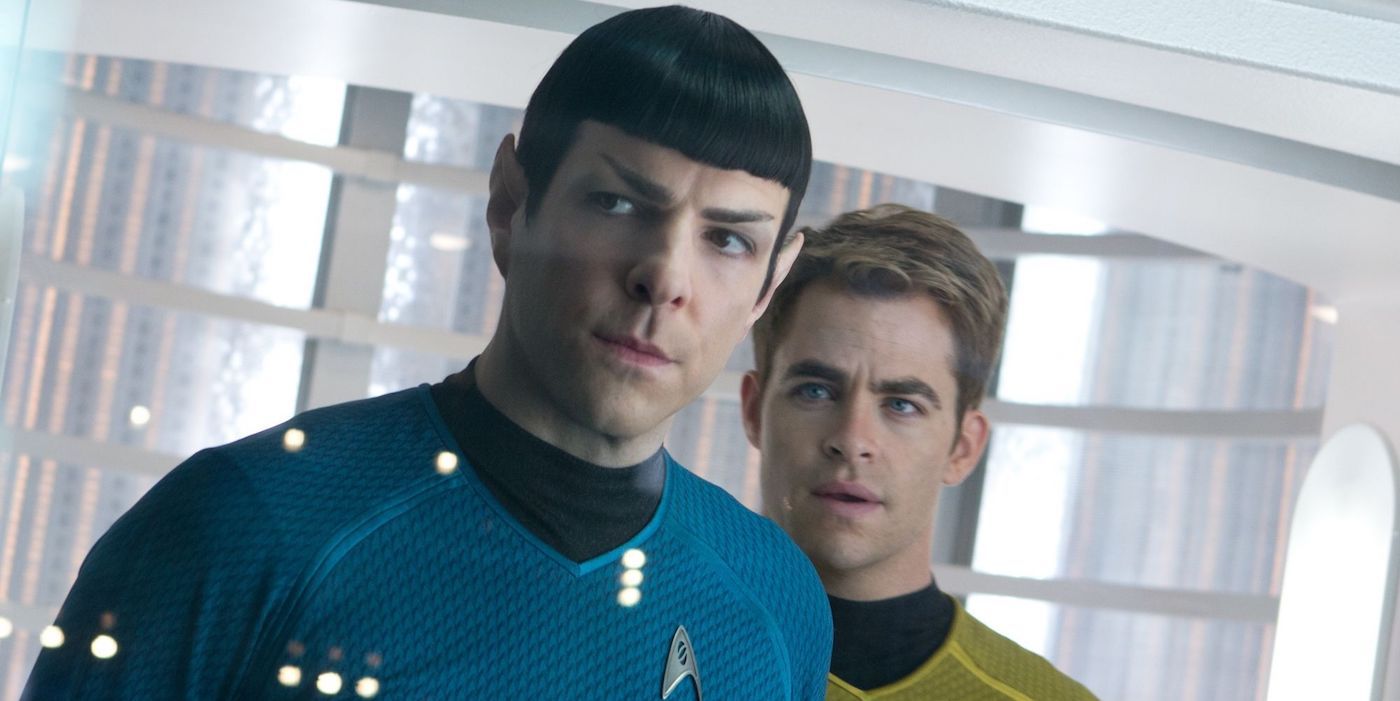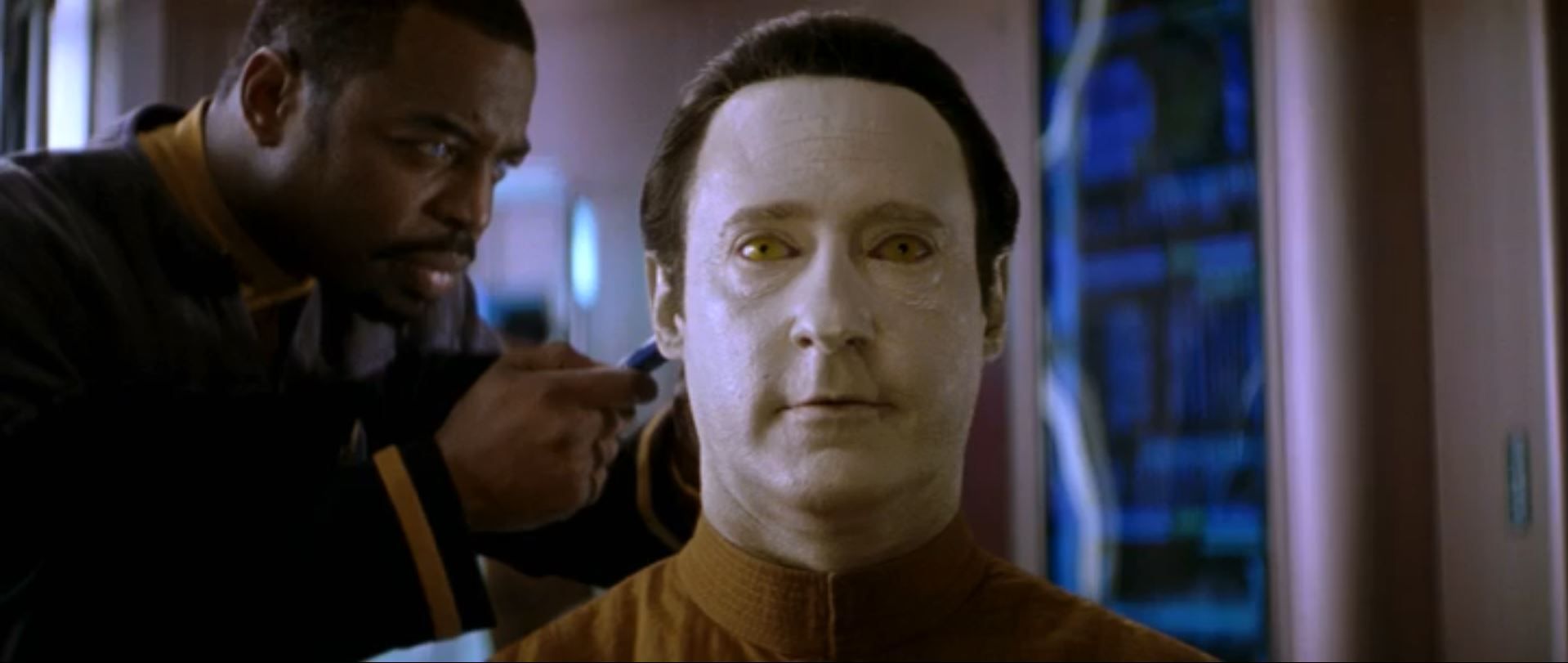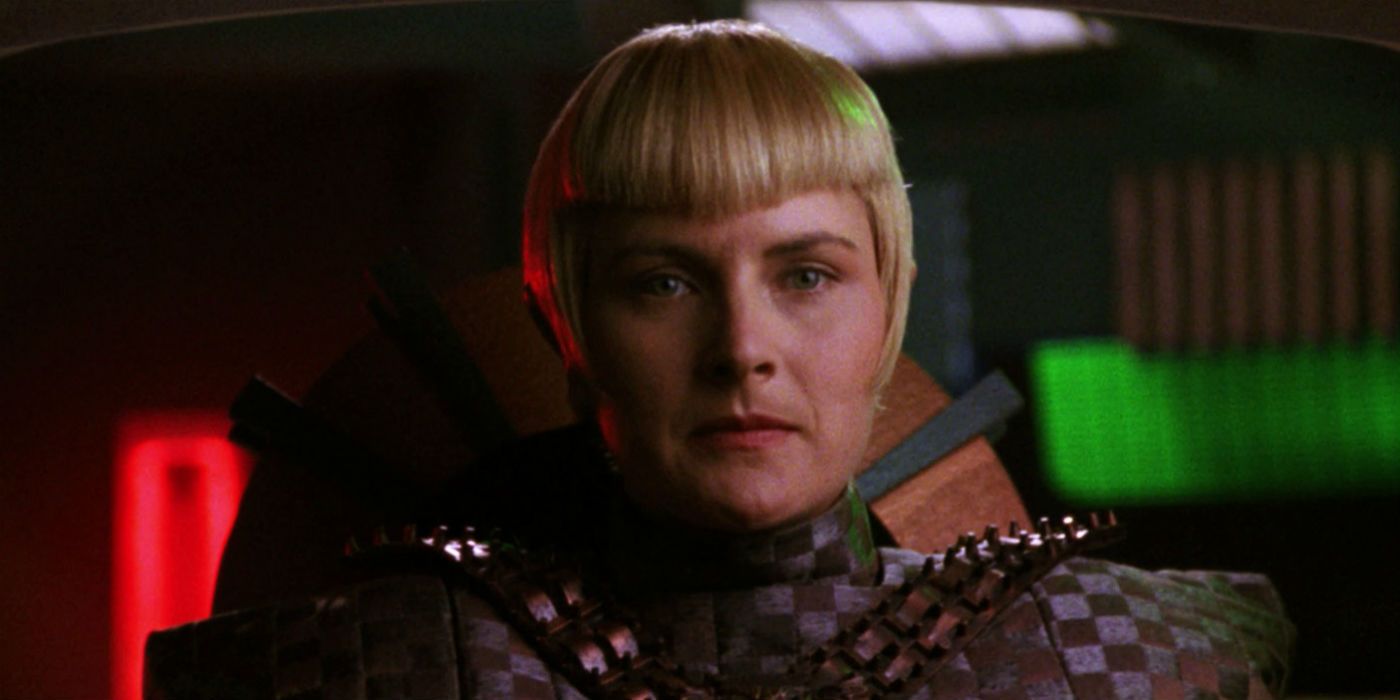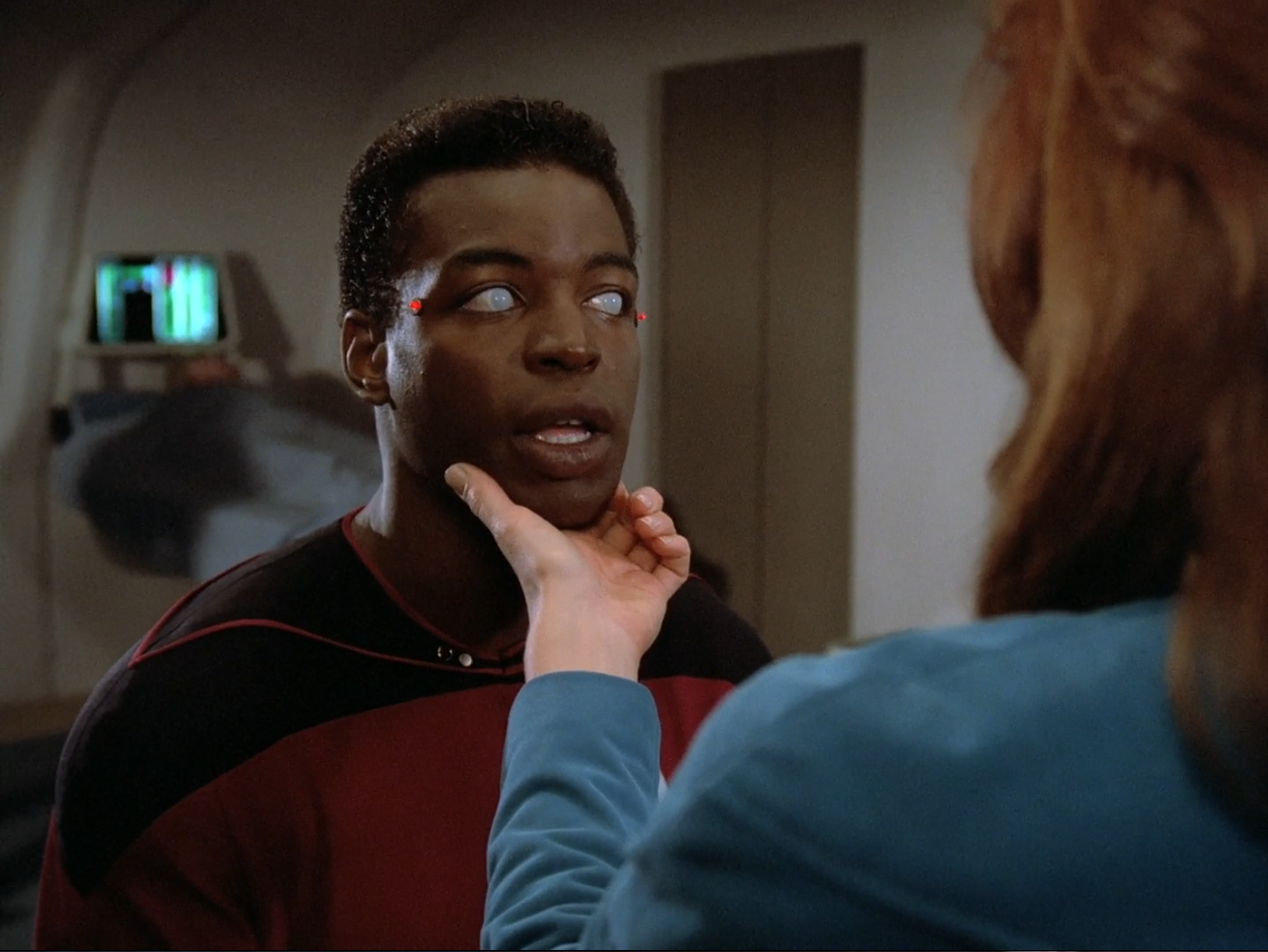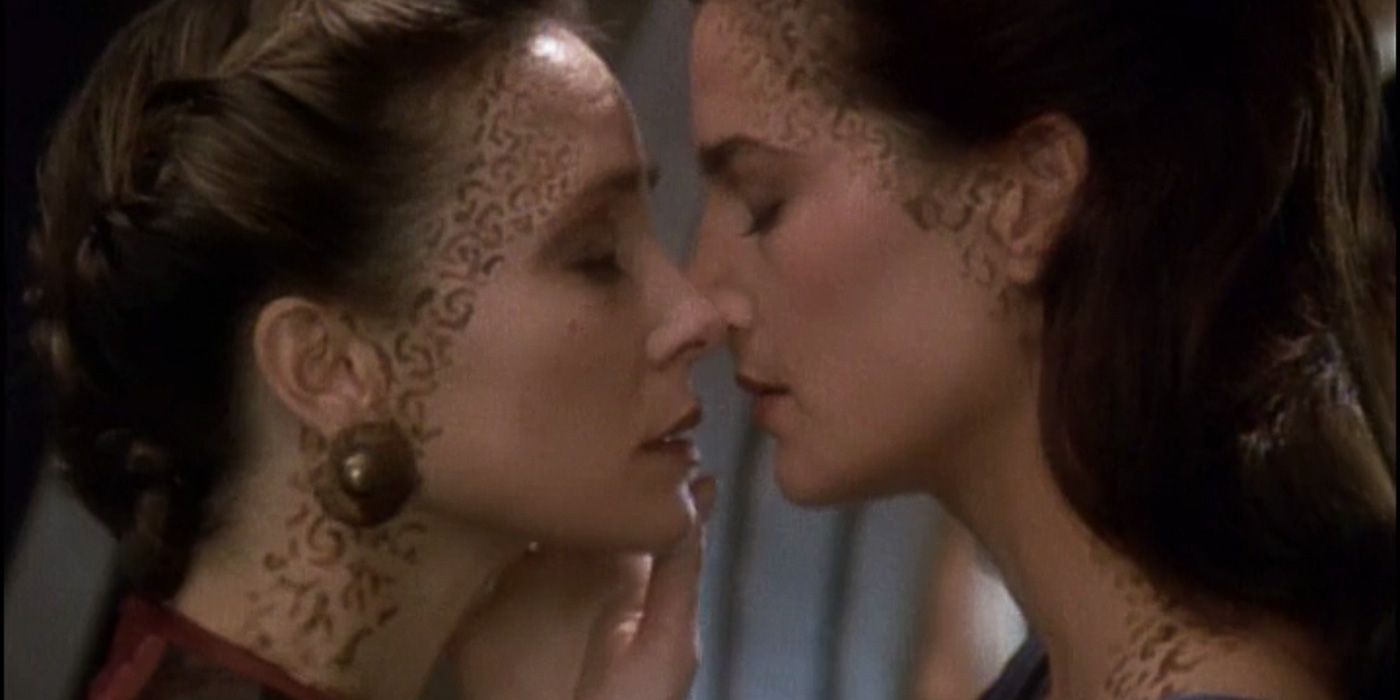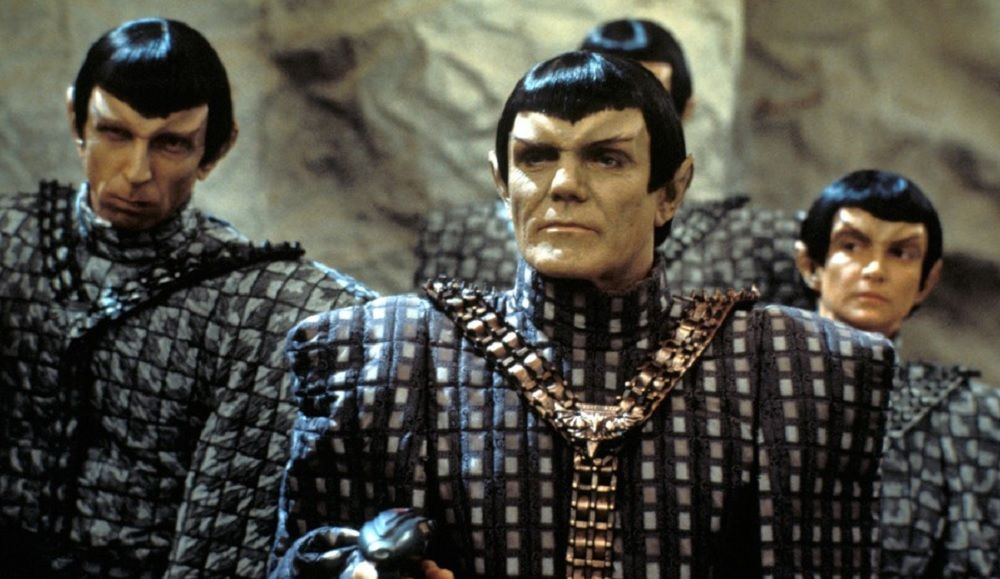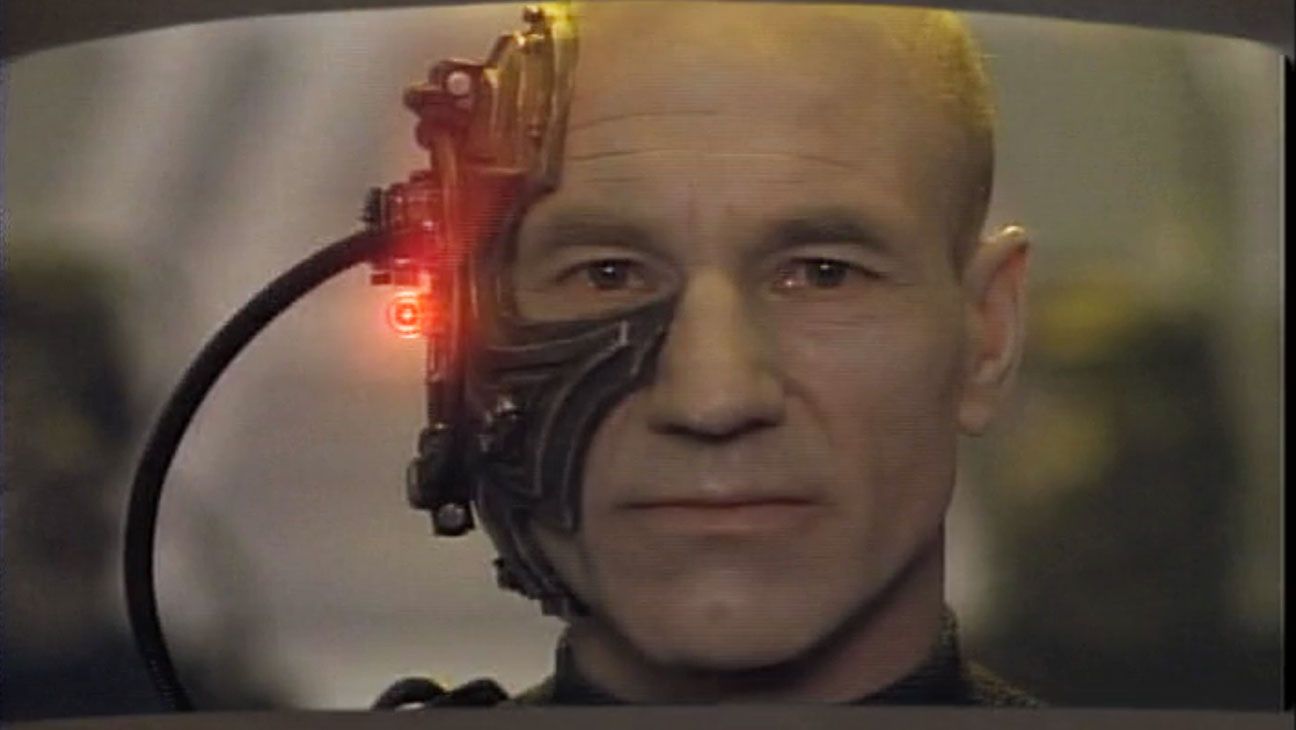It has always been difficult to determine what is considered to be canon within the Star Trek franchise. There was a ton of Star Trek books and comics that were released between The Original Series and The Next Generation that were wiped from continuity, as they no longer gelled with the new direction of the series.
The official continuity of Star Trek was split in '09 when the latest movie caused the timeline to break in two, which led to even more discussions about what was considered to be canon.
You had the latest movies that were detailing a totally different timeline, while the story of the TV shows was being continued in Star Trek Online, which is an MMO that not everyone has the time to fully explore, in order to learn about the events that have happened since the end of Star Trek: Nemesis.
The loose nature of the Star Trek canon has led many fans to come up with their own explanations for the mysteries of the series didn't make sense or were left unanswered by the creators.
These fans may not be aware that some of their theories were actually confirmed in official pieces of Star Trek merchandise or in interviews with those involved with the production of the show.
We are here today to reveal which Star Trek fan theories are actually legit; from the member of the Q Continuum who hasn't earned his letter yet, to the truth behind the assimilation of Captain Picard.
Here are the 20 Craziest Star Trek Fan Theories (That Were Actually Confirmed)!
Trelane Is A Member Of The Q Continuum
Q was considered to be one of the best additions to the Star Trek franchise when he was introduced in the first season of The Next Generation. The Q stories were the best part of the shaky first two seasons of the show and helped it to survive.
The problem with Q was that he was considered to be a rehash of Trelane, who was a similar creature who appeared in The Original Series episode called "The Squire of Gothos".
Trelane was a mischevious being who possessed almost godlike powers and was fascinated with humans and their culture.
The fans had speculated that Trelane was connected to the Q Continuum and was retroactively considered to be a member.
This was confirmed in the novel called Q-Squared, where it was revealed that Q was a mentor to Trelane and may have been responsible for his creation.
Garak Loves Everyone
Garak was never given much of a chance to pursue romantic relationships during his time on Star Trek: Deep Space Nine, which was due to the fact that he was a secret agent.
Garak's father admitted that bearing a son was a weakness that he could not afford, and Garak seems to have copied this belief in his own life.
One of Garak's only friends in Deep Space Nine was Dr. Bashir, who was initially presented as incredibly naive when it came to Garak's duplicitous nature.
There was speculation among the fans that Garak was attracted to Bashir, though this was never reciprocated on the show.
Andrew J. Robinson was the actor who played Garak on Deep Space Nine and he has confirmed that Garak is bi, with it being strongly hinted in a Star Trek novel that he penned, called A Stitch in Time.
The Return Of Lt. Kyle
Lieutenant Kyle was one of the recurring guest stars in Star Trek: The Original Series, as well as being one of the regular redshirts who never succumbed to whatever horrors awaited them on the planet that Kirk wanted to explore that week.
Chris Doohan is the son of James Doohan, the actor who played Scotty in The Original Series.
Doohan has had several different roles in various Star Trek productions, including providing the voice of Scotty in Star Trek Online, as his father has now passed.
Chris Doohan had a cameo as an unnamed redshirt in both Star Trek and Star Trek Into Darkness, which led some fans to believe that he was playing Lieutenant Kyle, who had been conspicuously absent throughout the films.
Chris confirmed that he was indeed playing Lieutenant Kyle in a Twitter post.
The Future Guy Was Archer
Star Trek: Enterprise was set before the events of The Original Series, yet the story became involved with the timeline of the setting as a whole, to the point where Captain Archer's actions could have affected the far future of the Star Trek universe.
It was during the Temporal Cold War storyline that we saw a mysterious "Humanoid Figure" who worked with the Suliban Cabal.
We never discovered the identity of this character, as Enterprise was canceled before many of the storylines could be resolved.
The fans had a lot of different ideas over who the identity of the Humanoid Figure could have been, with a version of Captain Archer from the future being one of the most popular choices.
Brannon Braga has confirmed that the Humanoid Figure was meant to be Archer, who was attempting to influence his younger self, in an attempt to prevent some catastrophe from taking place.
Willard Decker Was The Son Of Matt Decker
Will Decker first appeared in Star Trek: The Motion Picture, but he was meant to debut in a series called Star Trek: Phase II, which never entered production.
Decker was meant to serve alongside Captain Kirk and would remind the aging captain of his younger self. He was essentially the prototype for Commander Riker in The Next Generation.
There was a character in The Original Series called Matt Decker, who appeared in the episode called "The Doomsday Machine". Decker's ship was destroyed and he would sacrifice his life to save the crew of the Enterprise from the machine known as the Planet Killer.
The fact that Will Decker shared his surname with another significant Star Trek character led many fans to believe that they two were related.
This has since been confirmed in The Making of Star Trek: The Motion Picture and on the official Star Trek website, which has confirmed that Will Decker is the son of Matt Decker.
V'Ger Was Connected To The Borg
In Star Trek: The Motion Picture, Spock discovered that V'ger was actually Voyager 6, which was an unmanned probe that was launched by NASA.
V'ger had traveled to a machine planet on its journey, where it was found by artificial beings who upgraded it and sent it back into space.
When the Borg first appeared in Star Trek: The Next Generation, the fans started to theorize that there was a connection between them and V'ger. It was suspected that V'ger had landed on the Borg homeworld and they were the ones who upgraded it.
The connection between the Borg and V'ger had been hinted at in several different pieces of Star Trek media, but it was finally confirmed in the Star Trek: Nero comic book series.
V'ger was attracted to Nero's ship, as it possessed reverse-engineered Borg technology, which allowed V'ger to communicate with the crew.
The Clone Of Kahless Is Not The Clone Of Kahless
It is revealed in the Star Trek: The Next Generation episode called "Rightful Heir" that several Klingon scientists had created a clone of Kahless, who was the first Emperor of the Klingon Empire.
The clone of Kahless becomes the Emperor of the Klingon Empire, but he is little more than a figurehead.
Kahless' clone lacks the combat ability and valor of the original, which has led some fans to believe that he may not be the clone of Kahless.
The scientists created him from some dried blood on the Knife of Kirom, which could have belonged to anyone.
The novel called Kahless revealed that the blood on the Knife of Kirom belonged to Morath, who was the brother and mortal enemy to Kahless. Morath was said to be a disgrace to his family and caused the demise of his own father, which caused the rift between the brothers to turn into open warfare.
The Federation Arranged For The Destruction Of The Interphase Cloak
The episode of Star Trek: The Next Generation called "The Pegasus" revealed that Starfleet had been working on a top-secret project, involving a cloaking device that could also phase through solid matter.
The creation of such a device went against the Treaty of Algeron, which is why it was kept so secret.
"The Pegasus" ends with Captain Picard revealing the existence of the interphase cloak to the Romulans, yet we never hear of any repercussions from this incident, nor do the Federations or Romulans use the device during the Dominion War.
The fans had speculated that Section 31, or a member of internal affairs had arranged for the destruction of the interphase cloak before it could fall into the hands of the Romulans, which would resolve many of the dropped plot points from "The Pegasus".
This was confirmed in the novel called Loose Ends.
The Preservers & The Ancient Humanoids Are One And The Same
It was revealed in the Star Trek: The Next Generation episode called "The Chase" that several of the major races in the galaxy share a common ancestry.
It turns out that the Cardassians, humans, Klingons, and Romulans are all descended from the same species.
The fans had speculated that this ancient race was the same species as the Preservers, who were an important part of the Star Trek: The Original Series episode called "The Paradise Conspiracy".
The link between the Preservers and the ancient race from "The Chase" has been confirmed in the Deep Space Nine comic called Descendants and in Star Trek Online.
Khan Changed His Physical Appearance To Hide His Identity
It is revealed in Star Trek Into Darkness that the character played by Benedict Cumberbatch is actually Khan, which caught a lot of fans off guard, considering that Khan was originally played by Ricardo Montalban and was meant to be of Sikh descent.
The initial reaction to the Khan reveal was that the character's origins had been retconned in order to accommodate a new actor.
The fans later suggested that Khan may have undergone plastic surgery, as he is one of the most famous figures in the history of Earth, which would make it hard for him to fulfill his role as a secret agent.
It was revealed in the Star Trek: Khan comic book series that Khan had indeed altered his physical appearance and his voice, in order to hide his identity from the world.
Geordi LaForge Was Gay (But Had Yet To Come To Terms With It)
The Star Trek franchise has always been lauded for its diversity, except when it came to depicting different orientations.
Gene Roddenberry had once promised that a gay character would appear in Star Trek: The Next Generation, but he didn't get a chance to follow up on this plan before his demise.
We didn't see any gay characters in Star Trek until Star Trek Beyond and Star Trek: Discovery.
The fans had often speculated that Geordi LaForge may have been gay, which is something that had been hinted at in the Star Trek novels.
It seems that LeVar Burton also believes that Geordi was gay, as he has said that the one aspect of Geordi's character that had been explored on the show was his orientation.
Geordi lives in a time period where all orientations are accepted, but he never came to terms with his own during the part of his life that we witnessed on the screen.
The Ferengi Purposely Pretended To Be Wacky To Scare Off The Federation
The Ferengi were introduced as a potential threat to the Federation during the early seasons of Star Trek: The Next Generation.
These plans didn't pan out, as the Ferengi acted like clowns and cowards when they first appeared and were always quickly cowed when faced with danger.
Star Trek: Deep Space Nine gave the Ferengi a chance to find their own identity, which clashed with how they were originally presented.
This led the fans to suggest that the early buffoonish behavior of the Ferengi was all a front, while they took stock of the Federation.
The novel called The Buried Age confirmed the theory that the Ferengi were putting on an act.
The Ferengi thought that the Federation was insane, so they boosted their military and presented themselves as equally dangerous and unhinged, in order to appear threatening to their potential new enemy.
Technology Was More Advanced In The New Movies Because Of Nero's Ship
The reboot of the Star Trek universe in the latest movies showed ships of a similar design to those from The Original Series, but they were clearly more advanced in several different ways.
The main reason for this is due to the higher quality of special effects that are available now and the fact that the films have a much higher budget to work with.
The fans had wondered what the in-universe explanation for these changes was. The most likely answer involved Nero's ship, the Narada, which included far more advanced technology than the other ships of the time, as it came from the future.
J. J. Abrams confirmed this theory in an interview with MTV and clarified that it was due to the fact that the Kelvin had managed to scan the Narada when it first arrived in the past that the information about its futuristic design made its way back to Starfleet.
The Crew Was Together In The New Movies Because Of The Timeline Trying To Heal Itself
One of the biggest complaints about Star Trek (2009) was the convoluted way in which several members of the crew first met. Spock had no problem dumping Kirk on some random planet, which just happened to be the same world where Spock Prime and Scotty were hanging out.
This meant that Spock Prime could give Scotty information from the future that would allow them to catch up with the Enterprise.
All of these amazing coincidences led some fans to suspect that these events were an attempt by the timeline to fix itself, which is why it was working so hard to unite the crew of the Enterprise.
The novelization of the movie confirmed this theory, as the reason why the disruption happened in the first place was due to Spock Prime's failure in the future. The timeline was focused on uniting the Enterprise crew as quickly as possible to solve the anomaly.
Data Returned To Life Through B-4
Data sacrifices his life to save the crew of the Enterprise in Star Trek: Nemesis. The fact that Data is an android means that there are several ways in which he could survive his own destruction, and the movie presented a potential solution in the form of an android called B-4.
Data had previously copied his memories into B-4's neural net, which led to fans speculation that the memories could potentially possess B-4's body and create a new version of Data.
This allowed the writers to bring Data back if more Star Trek movies were commissioned.
The Star Trek: Countdown comic book series confirmed that Data was able to revive himself in the body of B-4.
Data would go on to become the captain of the Enterprise and would later retire from active duty, in order to become a teacher at Oxford University.
Sela Had Been Lied To About The Demise Of Her Mother
Sela is the child of an alternate version of Tasha Yar that came from a different reality and a Romulan general.
Tasha tried to escape with Sela when she was a young girl, but Sela cried out and alerted the guards. Sela believed that her mother had been executed for trying to escape from her captors.
The audience wasn't quite so sure, as the Romulans are notorious for being deceptive, and Tasha Yar may have proven to be a useful prisoner at a later point in time.
Star Trek Online confirmed that the alternate version of Tasha Yar had been sent to a penal colony and lived out the rest of her days in a jail cell.
Tasha had already passed by the time that Sela had learnt the truth about her mother's demise.
Starfleet Forced Geordi To Lose The Visor
In the second season of Star Trek: The Next Generation, Doctor Pulaski tells Geordi that it may be possible for him to receive new eye implants that could replace his visor.
This line was requested by LeVar Burton, who hated wearing the VISOR and wanted to find an excuse to be rid of it.
Geordi finally received ocular implants in Star Trek: First Contact, which he retained for the rest of his appearances.
The fans had speculated that Geordi might have been forced to ditch the VISOR after the events of Star Trek Generations, as Soran and the Duras sisters were able to hack it and receive a live feed from within the Enterprise.
This theory was proven correct in The Insolence of Office novel when Admiral Hayes gave Geordi an ultimatum: either ditch the VISOR or be moved to a less important post.
Trill Were Forbidden From Reassociation In Order To Prevent The Creation Of A Ruling Class
A joined Trill is forbidden from rekindling any romantic relationships that they held during their time in their previous host, as this is considered to be a crime in Trill society.
The act of a joined Trill becoming romantically involved with an old partner is called reassociation and it is punishable with exile from society.
The punishment for reassociation seemed extreme to many fans and pretense behind it was always pretty flimsy.
This led to speculation that the reason why reassociation became a crime was to prevent the joined Trills from elevating specific people with whom they had become close, as well as preventing the long-lived symbionts from forming their own tight-knit circle and taking over society.
This theory has been proven with comments from the Star Trek: Deep Space Nine Companion, with writers on the show confirming that the reassociation became a crime in order to prevent the joined Trill from creating their own aristocracy.
The Destruction Of Romulus Wasn't An Accident
Spock was sent back in time while trying to prevent the destruction of the planet Romulus from the aftermath of a nearby star going supernova.
Spock failed in his task, leading to the destruction of Romulus and millions of its citizens, in an act which gutted the Romulan Star Empire.
The swiftness of the supernova that destroyed Romulus was seen as suspicious by fans, as the scientists within the Romulan Star Empire should have predicted several years in advance, giving them plenty of time to evacuate the planet.
The Romulans had plenty of enemies who would purposely try to start the supernova if they possessed the technology.
This theory was proven correct in Star Trek Online, as it was revealed that a rogue faction within the Tal Shiar were responsible for the supernova with the use of an Iconian doomsday weapon.
Picard Was Turned Into Locutus Because Of Real-Life Contractual Issues
Patrick Stewart has made no secret of how unhappy he was during the production of the first two seasons of Star Trek: The Next Generation, which was due to numerous different factors, such as the shoddy scrips and uncomfortable costumes he was forced to wear.
The third season of The Next Generation ended with "The Best of Both Worlds, Part I", where Captain Picard was captured by the Borg and assimilated.
This led to a cliffhanger ending that made a lot of fans wonder if Patrick Stewart was being written out of the show, as the episode seemed to be building up Riker as the new captain of the ship.
The truth of the matter was finally revealed in Chaos on the Bridge, as Patrick Stewart was refusing to read lines and walked off the set during a press appearance.
This resulted in John Pike (the head of Paramount Television) telling Patrick Stewart that the episode where he was being written out of the show had already been written.
Thankfully, the contractual issues were resolved and Patrick Stewart remained on the show for the remainder of its run and has had nothing but good things to say about the later years of The Next Generation.
---
Can you think of any other insane Star Trek fan theories that were confirmed? Let us know in the comments!

